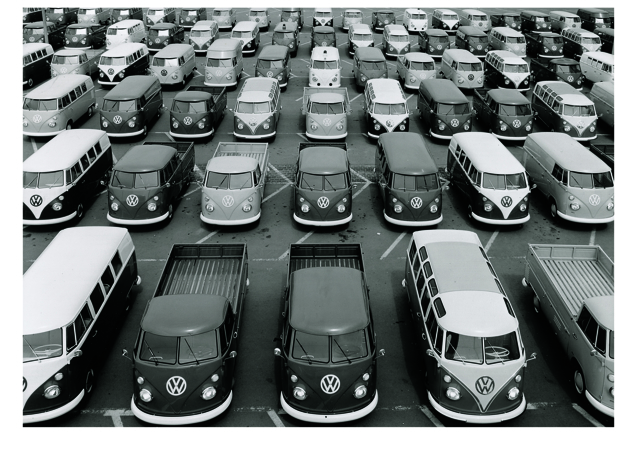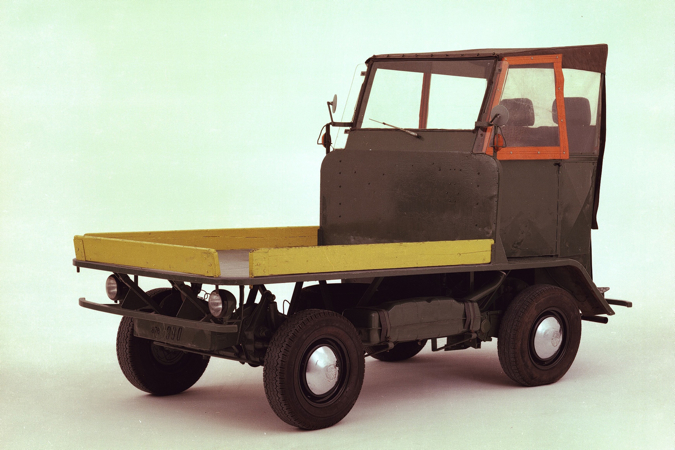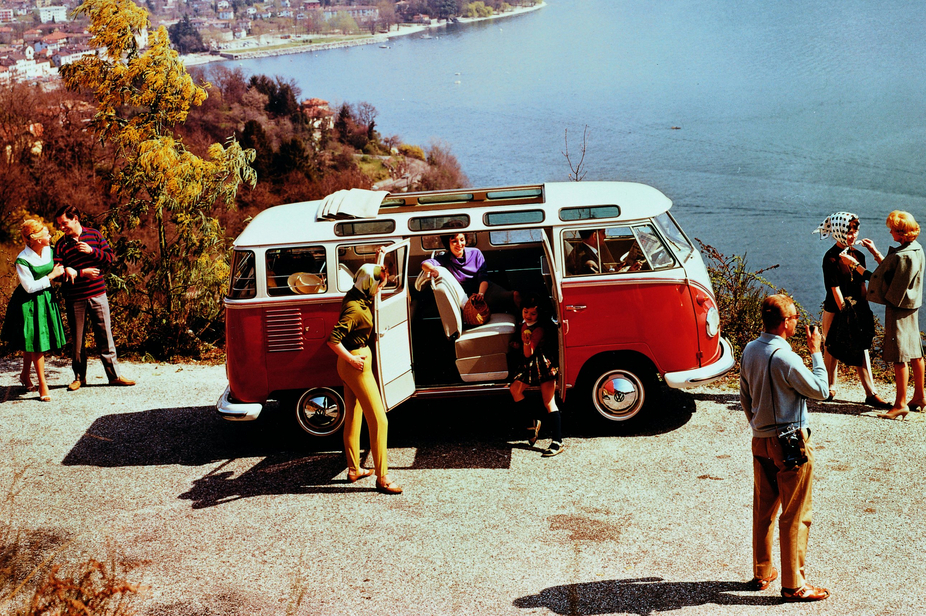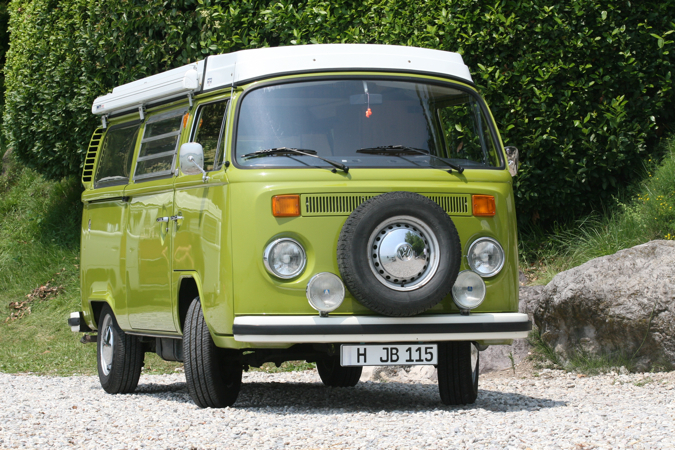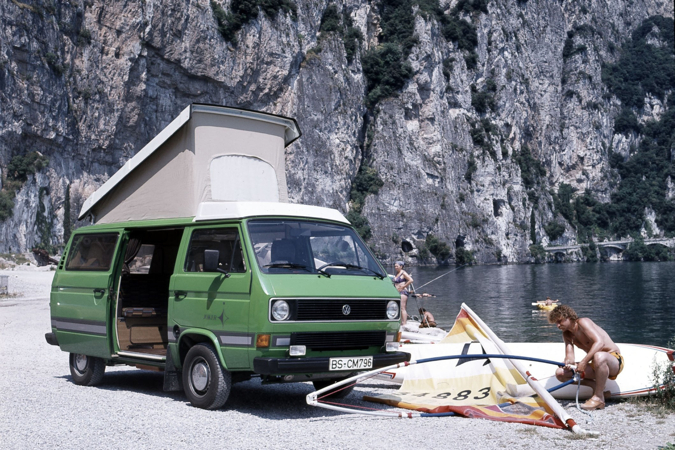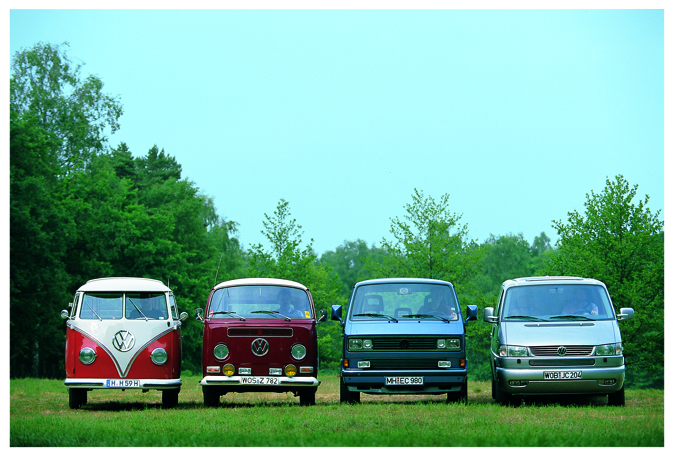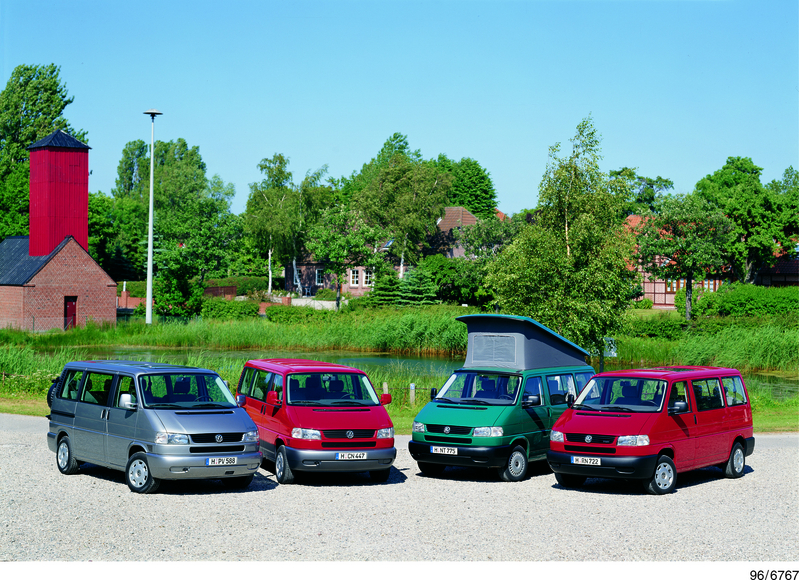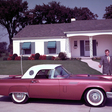|
Send this page to a friend! Fill in the form bellow | ||
news
Cult Cars: The Volkswagen Transporter
© photo courtesy of: Volkswagen
The year 1950 marks the beginning of an unequalled career. Conceived in 1947 by Ben Pon and three years later on the market is the Volkswagen Transporter Volkswagen TransporterGermany, 1950 > present5 series
Volkswagen TransporterGermany, 1950 > present5 series
167 versions
282 photos
1 video
one of the longest living and, with more than 8 million sold units, one of the commercially most successful cars in history.
As its smaller sibling, the legendary Beetle Volkswagen BeetleGermany, 1938 > 200339 versions
Volkswagen BeetleGermany, 1938 > 200339 versions
102 photos
3 videos
, the Transporter - or Type 2 - becomes not only a bestseller for Volkswagen, but also an element of global popular culture, icon of the free spirit of the 60s and 70s, and the indispensable means to bring thousands of families out on the streets, experiencing a new kind of holiday adventure in their fully equipped camping caravan.
After more than 60 years still in production, the Transporter - and its many descendants like the California Volkswagen CaliforniaGermany, 1989 > present3 series
Volkswagen CaliforniaGermany, 1989 > present3 series
35 versions
89 photos
1 video
, Caravelle Volkswagen CaravelleGermany, 1986 > present3 series
Volkswagen CaravelleGermany, 1986 > present3 series
103 versions
139 photos
and Multivan Volkswagen MultivanGermany, 1985 > present4 series
Volkswagen MultivanGermany, 1985 > present4 series
67 versions
110 photos
- is still rolling off the assembly-lines and with roughly 460 different variants to choose from, keeps true to its basic principle: versatility.
From T1 to T5
The roots of the Volkswagen model originally called Type 2 within the company reach back to the early 1950s – the Type 1 was the legendary Beetle which served as the basis for the Transporter. In fact, the Transporter enjoyed a career comparable to that of the Beetle and until today, more than 8 million units have been sold. Many versions have gained cult status and became part of global popular culture.
The Inspiration
The name Ben Pon is intrinsically bound up with the genesis of the Transporter. The owner of "Pon's Automobielhandel" had been the official Volkswagen importer for the Netherlands since 1947. That very year, Ben Pon had the idea of offering a transporter based on the Beetle, when he saw this improvised transport vehicle built by workers at the Volkswagen factory.
The Sketch
He sketched out a design for the car on his notepad and used it to convince the then Volkswagen boss Heinrich Nordhoff of his Eureka moment. This drawing now enjoys legendary status. It was the start of a unique career as a bus and delivery van series – of the Transporter. To date, more than 8 million units of the Transporter and all its derivatives have been sold.
1949 Prototype
In 1949 the idea becomes reality and a prototype is presented to the press. Production begins on March 8, 1950. The Transporter uses the engine and axle of the Beetle, but has no central tube. Instead, a unibody is mounted on a leadframe. The bus can transport up to 8 passengers and can easily be transformed into a delivery van by removing the back seats. VW produces about 10 Transporters a day.
1951: The Samba
The VW bus is on sale for a year and the van and Kombi are joined by the Samba variant. The little travelling bus has windows on the roof and sides and a large sliding roof. Volkswagen advertises it as having "25 windows and a sliding sunroof". The Samba has the same PS as it has windows and is certainly one of the most well-remembered incarnations of this iconic generation.
The T1 Camping Box
In 1951, the first customer from Westfalia receives a removable camping box, this consists of a bench in the rear, a cupboard with lockable blinds, a sideboard behind the cab with a drawer, a compartment for the petrol cooker and cushions which can be used with the rear bench as a sleeping space. In addition, the sideboard and cushions can be removed and used as a spare bed in the home.
1952: The T1 Pick-Up
But the Transporter is not only for leisure, but also for commercial use and in 1952 VW adds more versatility with the Pick-Up variant. It first only seats three, but soon the next niche is discovered: A double cabin with shorted load space and increased seating capacities.
T1 in the public service
Besides its careers as recreational and commercial vehicle, the Transporter T1 haas another third career in the public service. Soon many T1 ambulances, police vans, firefighter vehicles populate the public space. The modifications are plenty and until today, the Transporter, currently T5, is serving his duty.
1967: The T2 arrives
After 17 years of construction it is time for VW to review the Transporter. In the summer of 1967 Volkswagen presents the new, second generation, the so-called T2. It has grown, has larger window areas, sliding doors and an improved chassis with a double-joint rear axle as standard. The air-cooled boxer engine remains the same but takes up less space.
T2 Helsinki
The new Transporter is again a popular camper van. Only one thing gets in the way: The spare wheel. Sometimes the wheel is covered in the era's popular check material of the time or a teak-look cupboard is built over it, sometimes a collapsible spare wheel is used. Most simply, like here on the T2 Hesinki, the fifth wheel is stowed at the front of the van.
T2 with 4-wheel-drive
T2 comes in countless variants, from Helsinki to Berlin, and enjoys great popularity especially amongst customers from overseas. In 1972, VW exports 72.515 units to the USA alone. But VW engineers are planning ahead and in 1978, 6 prototypes are built to test four-wheel-drive. This experience will contribute to the success of the next generation, due in 1979.
1979: The T3 arrives
It is 1979. 5.5 million VW buses have been produced worldwide in the past three decades. With an initially split windscreen and a round front, the angular and distinctive new generation is looking to the future. Conceptually, it follows on from its predecessors, combining the advantages of front steering and the engine in the rear with current modern insights into development and production.
The T3 camper van
The T3 triggers a veritable wave of innovation in the campervan sector. AAC, Bischofberger, Carthago, Dipa, Eurec, Karmann and Teca – to name but a few - create modifications based on the panel van. But innovations go further: Varius develops a roof that can be removed and tipped over to serve as a boat. Or the Dehler Profi with louvered windows and versatile plastic interior, including a shower.
California, Caravelle and Multivan
After all, as the number of caravans and camper vans continues to grow, Volkswagen wants its share and enters with an own design, the California. In 1981 the T3 family grows with the up-trim Caravelle for bigger budgets and in 1985, Volkswagen presents the spatial concept of the Multivan which bridges the gap between van and light camper.
1990: The T4 arrives
Volkswagen presents the fourth generation of the Hanover exhibition trade fair in the summer of 1990. The first brochure simply talked about "new Generation" but in the background a revolution was taking place. Volkswagen is breaking away from tradition: Engine and drive are both at the front. The transverse mounted engine and flange-mounted gearbox lie under a short bonnet.
T4 variants
In addition, a modular system for body variants is produced of a kind which only this drive system makes possible. Two wheelbases for van, Kombi and Caravelle, flat and high roof, dropside cab, double-cab, different payload variants, and finally even a bogie with a cab.
T5: 50 years of double cab
Even if the current model in its fifth generation shares no technical commonalities with its ancestor, the T1 – the basic product philosophy linking the two remains the same. And more than half a century later, the versatility that was introduced with models like the T1 double cab pick-up, is still a recurring feature of the model we buy today.
T5: Unlimited Variations
Since 2003 alone, more than one million units of the T5 have been sold. In 2008, 178,000 customers worldwide chose one of the four basic models. Whether as a box van, dropside, double cab, window van, bus, van with normal or long wheelbase or as a specialist globetrotter –there are 460 basic variants of the T5 counting in the various engine types.
In this "Cult Cars" series of articles, we are looking at some of the most iconic models from motoring history. If you would like to read about other, similarly famous cars, here are some suggestions for you:
We also want to hear your opinion! Did you ever own this car yourself? What was your experience? Do you have any special memories related with the VW Transporter?
Encyclopedia |
Contribute
more about Volkswagen



latest news





